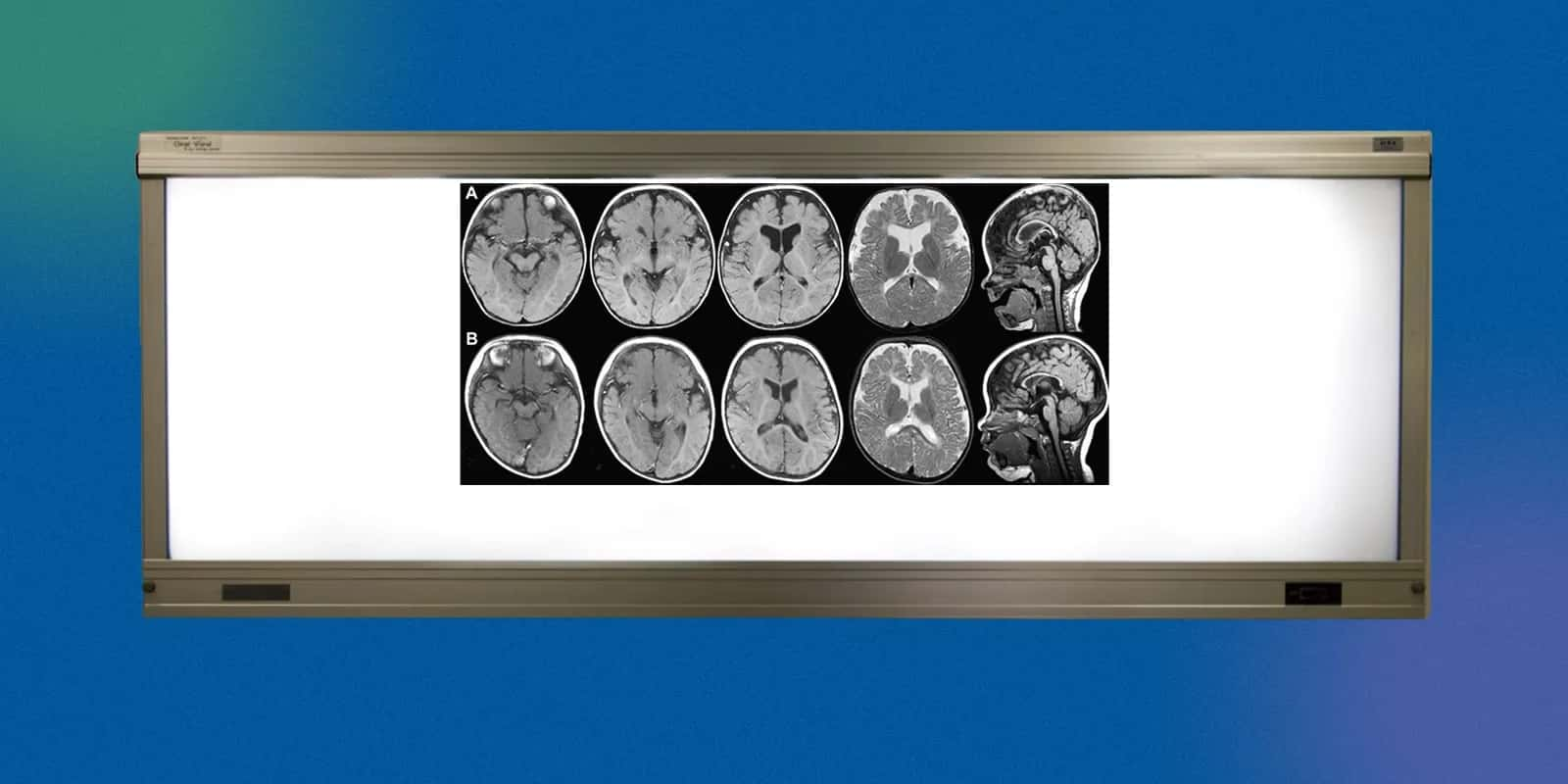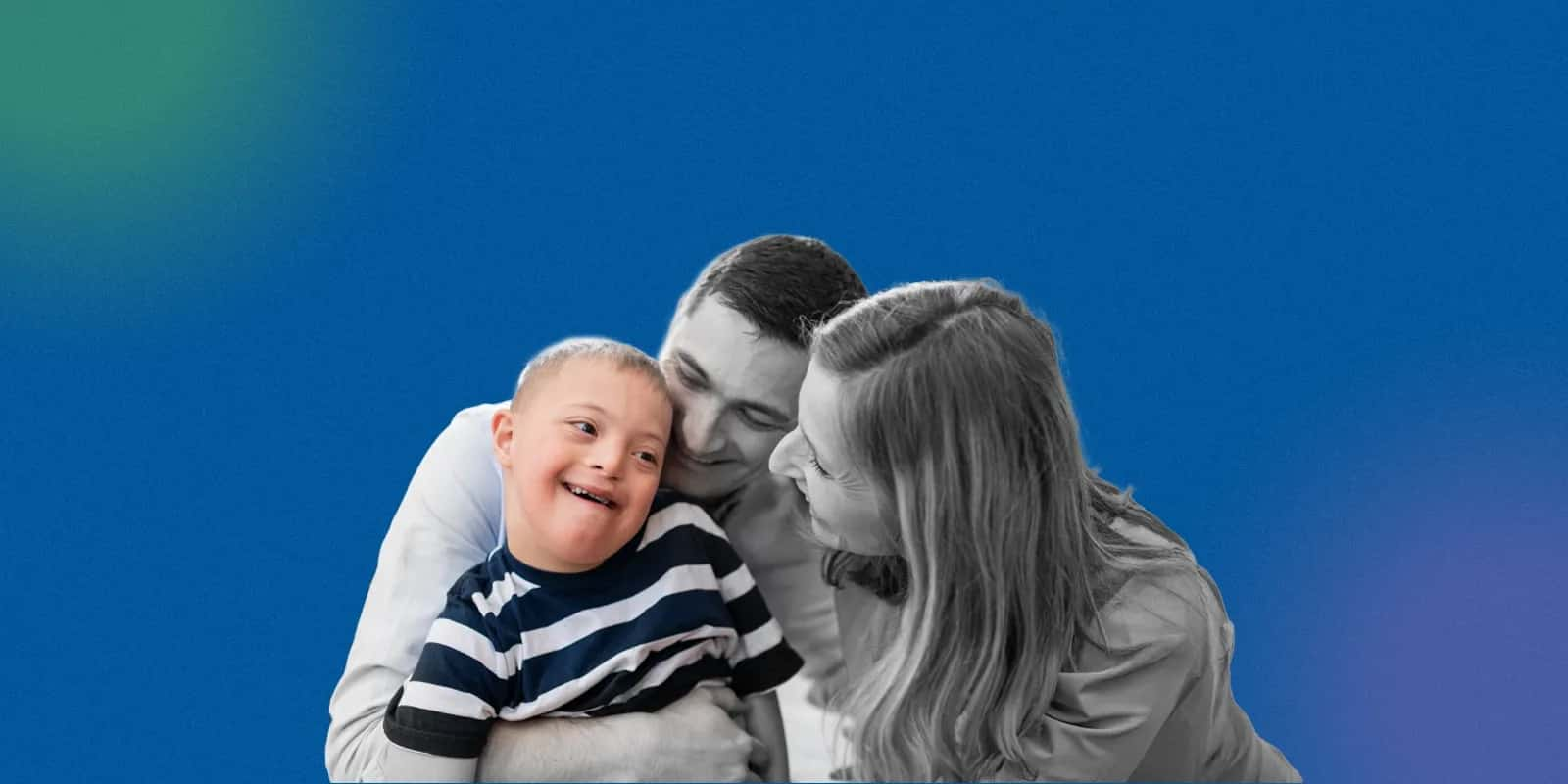What is Colin Farrell's Son Suffering From?

Introduction
Imagine being afflicted with a syndrome that’s so rare that it affects only one in roughly 15,000 individuals. That’s precisely how someone suffering from Angelman syndrome feels. Don’t let the name fool you. There is nothing angelic about this genetic disease.
It is a disorder caused by a mutation or deletion in a specific gene, which leads to severe developmental delays, lack of speech, seizures, and balance problems.
For Hollywood actor Colin Farrell, this condition is deeply personal - his son James lives with Angelman Syndrome. After years of struggles, the Batman (2022) star has decided to leave him in a care facility earlier this year.
Farrell has been vocal about the daily challenges his son faces, from walking and communicating to coping with frequent seizures. It’s an arduous journey, full of constant caregiving, emotional strain and immense patience.
Yet, like a lot of families navigating such a diagnosis, Farrell also describes the love, laughter and resilience that define life with a child suffering from Angelman Syndrome. Understanding this condition implies recognising the medical complexity and the unwavering strength of those who live with it and care for those who do.
What is Angelman Syndrome?
Angelman Syndrome is a rare neurogenetic disorder that affects approximately one in 15,000 people. It stems from a mutation or deletion of the ubiquitin protein ligase E3A (UBE3A) gene on the 15th chromosome.
What Happens Because of This Mutation?
Severe developmental delays first become noticeable when a baby isn’t crawling or babbling between six and 12 months. This disorder can result in issues with walking, eating, and talking, as well as seizures, excessive laughter, balance problems, sleep troubles, scoliosis, and obesity, which are brought about by limited mobility.
This syndrome shares symptoms and characteristics with other disorders such as autism, Prader-Willi syndrome and cerebral palsy, which is why 50% of individuals are initially misdiagnosed.
Children suffering from this disorder are often not diagnosed until they are between 3 and 7 years old. It's confirmed through a genetic blood test. However, early intervention is most important once detected.
Angelman syndrome has no cure. The treatment involves managing its symptoms and addressing developmental delay, including anti-seizure medications, occupational and physical therapy, behavioural therapy, speech therapy, sleep training, and sleep management medications.
This syndrome was first identified by Dr Harry Angelman, an English physician, at Warrington General Hospital. He first observed three children who were unrelated but showed similar symptoms of severe intellectual delay, lack of speech, jerky, stiff gait, seizures, motor disorders and a happy demeanour.

What Are the Symptoms of This Disorder?
Children with this disorder exhibit several symptoms, such as -
-
Delays in development, including no crawling or babbling, from 6 to 12 months.
-
Mental disability - also known as an intellectual disability.
-
No speech or very little speech.
-
Issues with walking, balancing or moving.
-
Expressing happiness, smiling and laughing often.
-
Easily excitable.
-
Issues with sucking or feeding.
-
Trouble with sleeping and staying asleep.
People who have this syndrome might also have
-
Seizures often start between two and three years of age.
-
Stiff or jerky movements.
-
The head is small by the time the child is two.
-
Tongue thrusting.
-
Hair, eyes and skin colour tend to be light.
-
Odd behaviours, like hand flapping and arms uplifted while walking.
-
Crossed eyes, also known as strabismus.
-
A curved spine, also known as scoliosis.
When Do You Seek Medical Attention?
Most infants suffering from this condition don’t show symptoms at birth. The first signs of Angelman syndrome are developmental delay, which usually occurs between the ages of six and 12 months. This also includes crawling and babbling.
Most of the defining features of Angelman syndrome result from the loss of function of a gene known as the UBE3A gene. People usually inherit one copy of the UBE3A gene from each parent. Both copies of the gene are turned on (active in most body tissues).
However, in nerve cells (neurons) in the brain and spinal cord (central nervous system), only the copy inherited from a person’s mother is active. This parent-specific gene activation is the result of a phenomenon called genomic imprinting.
If the maternal copy of the UBE3A gene is lost because of a chromosomal change or a gene variant (also known as a mutation), a person won’t have any active copies of the gene in most parts of their brain.
Many different genetic mechanisms can inactivate or delete the maternal copy of the UBE3A gene. Most cases of Angelman syndrome (around 70%) happen when a segment of the maternal chromosome 15 containing this gene gets deleted. In other instances (about 10 to 20 per cent), this syndrome is caused by a variant in the maternal copy of the UBE3A gene.
In many cases, Angelman syndrome happens when a person inherits two copies of chromosome 15 from their father (paternal copies) instead of one rare copy from each parent. This phenomenon is known as paternal uniparental disomy.
Rarely this syndrome also happens because of a chromosomal rearrangement, known as a translocation, or by a variant or other defect in the area of DNA which controls activation of the UBE3A gene. Such genetic changes might abnormally turn off (inactivate) UBE3A or other genes on the maternal copy of chromosome 15.
The causes of Angelman syndrome are unknown in 10 to 15% of affected individuals. In such cases, changes involving other genes or chromosomes might be behind the disorder.
In other people with Angelman syndrome, the loss of a gene known as OCA2 is associated with fair skin and light-coloured hair. The OCA2 gene is located on the segment of chromosome 15, which is often deleted in people with this disorder.
However, the loss of the OCA2 gene does not cause the other signs and symptoms of Angelman syndrome. The protein produced by this gene aids in determining the colouring (pigmentation) of the hair, eyes, and skin.
What Are the Causes of This Disorder?
Angelman syndrome is caused by changes in a gene, also known as genetic changes. It is most often caused by changes in a gene on chromosome 15, also known as the ubiquitin protein ligase E3A (UBE3A) gene.
A Case of a Damaged or Missing Gene
We receive our pairs of genes from our parents. One copy comes from our mother, the maternal copy, and the other comes from the father, the paternal copy.
Our cells mostly use information from both copies. However, in a small number of genes, like the UBE3A gene, only the copy from the mother is active. The maternal copy of the UBE3A gene usually helps in brain development. Angelman syndrome occurs when part of the maternal copy is damaged or missing, so the brain doesn’t get the information it requires to develop and control speech or movement.
Rarely, this syndrome is caused when two paternal copies of the gene are passed down instead of one from each parent.
What Are the Risk Factors for This Syndrome?
Angelman syndrome isn’t prevalent. Researchers often don’t know what causes the genetic changes that result in this disease. Most people with this syndrome don’t have a family history. Sometimes, however, Angelman syndrome might be passed down from a parent. A family history of the disease might increase a baby’s risk of getting Angelman syndrome.
Complications
There are a fair number of complications linked to Angelman syndrome, including.
Issues with feeding
Trouble sucking and swallowing together might cause feeding problems in infants. Your child’s doctor might suggest a high-calorie formula so your baby gains weight.
Hyperactivity
Children with Angelman syndrome often move quickly from one activity to another, have a short attention span, and keep their hands or toys in their mouths. Hyperactivity usually goes down with a, and medicine is often not required.
Sleep issues
Children with Angelman syndrome often have changes in their sleep-wake patterns. They might require less sleep than most people, and their sleep troubles might get better with age. Medicine and behavioural therapy could help.
Curved spine
Some people with this disorder get a side-to-side spinal curve over time.
Obesity
Obesity is relatively common in older children suffering from Angelman syndrome.

What’s The Way Forward?
There isn’t a cure for this syndrome. However, early diagnosis and consistent care make a huge difference. The path forward involves a multidisciplinary approach- occupational therapy, speech therapy, physical therapy, and behavioural support—all playing a critical role in enriching the quality of life.
Parents and caregivers should collaborate with doctors to develop personalised care plans and track developmental milestones. Support groups and awareness programs can help families find community, resources, and encouragement.
More importantly, spreading awareness fosters understanding and acceptance, allowing children with Angelman Syndrome to live with love, dignity and inclusion. Ongoing research shows promise. Clinical trials and gene therapy studies are exploring treatments, giving hope to families worldwide.
Conclusion
This syndrome is rare and lifelong, which challenges your very existence. Yet, with early intervention, compassionate care and awareness, individuals with Angelman Syndrome can lead joyful and meaningful lives.
Their resilience, laughter and unique personalities assert the strength of diversity. As a society, we must foster inclusion, offer support, and push for better resources and research.
Every child deserves the chance to live a whole life, regardless of the challenges. Let us move ahead with empathy, understanding and a commitment to creating a world where no one gets left behind.
FAQs
Q. What is Angelman Syndrome?
A. Angelman Syndrome is a rare neurogenetic disorder caused by a mutation or deletion in the UBE3A gene on chromosome 15.
Q. How is Angelman Syndrome diagnosed?
A. Diagnosis is typically made through a combination of clinical observation and genetic testing. A blood test can confirm the presence of a deletion or mutation in the UBE3A gene or detect other chromosomal abnormalities related to Angelman Syndrome.
Q. Is there a cure for Angelman Syndrome?
A. There is no cure for Angelman Syndrome. However, early intervention with therapies, such as physical, occupational, and speech therapy, and seizure management, can significantly improve quality of life.
Q. At what age do symptoms of Angelman Syndrome appear?
A. Symptoms usually become noticeable between 6 and 12 months of age, when developmental delays such as lack of crawling or babbling become apparent.
Q. Can children with Angelman Syndrome live an everyday life?
A. While they will face lifelong challenges, with the proper support, children with Angelman Syndrome can live joyful, fulfilling lives.





